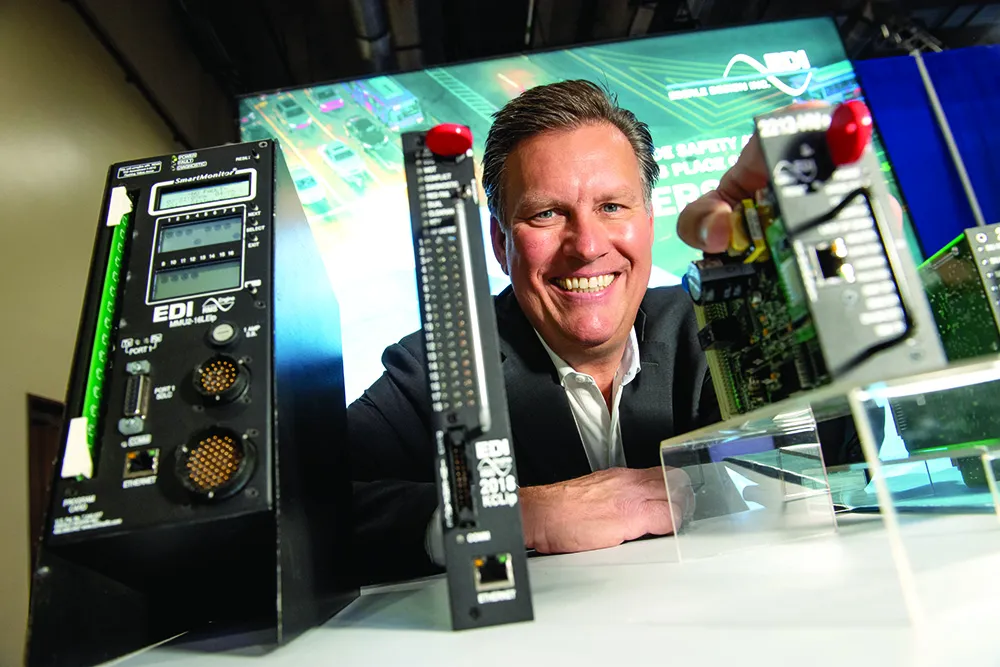Designed to boost driver awareness of pedestrians, McCain says its latest technology for pedestrian safety, the rectangular rapid flashing beacon (RRFB), is widely recognised as a means to reduce accidents between vehicles and pedestrians at intersections and mid-block crosswalks without traffic signals.
An ideal solution for a range of applications, the RRFB has highly visible high-intensity LEDs which remain dark until activated by a pedestrian, when the lights flash in a wig-wag pattern, alerting appr
March 19, 2014
Read time: 2 mins
Designed to boost driver awareness of pedestrians, 772 McCain says its latest technology for pedestrian safety, the rectangular rapid flashing beacon (RRFB), is widely recognised as a means to reduce accidents between vehicles and pedestrians at intersections and mid-block crosswalks without traffic signals.
An ideal solution for a range of applications, the RRFB has highly visible high-intensity LEDs which remain dark until activated by a pedestrian, when the lights flash in a wig-wag pattern, alerting approaching vehicles that pedestrians are present.
According to McCain, RRFBs are rapidly gaining popularity as an inexpensive and effective alternative for improving compliance and facilitating pedestrian crossing manoeuvres; generally delivering driver compliance of around 80 per cent.
Following an extensive study confirming the effectiveness, the831 Federal Highway Administration issued an interim approval of the RRFB in the Manual of Uniform Traffic Control Devices (MUTCD). According to the approval, the RRFB offers “significant potential safety and cost benefits, because it achieves very high rates of compliance at a very low relative cost in comparison to other more restrictive devices that provide comparable results, such as full midblock signalisation.”
An ideal solution for a range of applications, the RRFB has highly visible high-intensity LEDs which remain dark until activated by a pedestrian, when the lights flash in a wig-wag pattern, alerting approaching vehicles that pedestrians are present.
According to McCain, RRFBs are rapidly gaining popularity as an inexpensive and effective alternative for improving compliance and facilitating pedestrian crossing manoeuvres; generally delivering driver compliance of around 80 per cent.
Following an extensive study confirming the effectiveness, the










